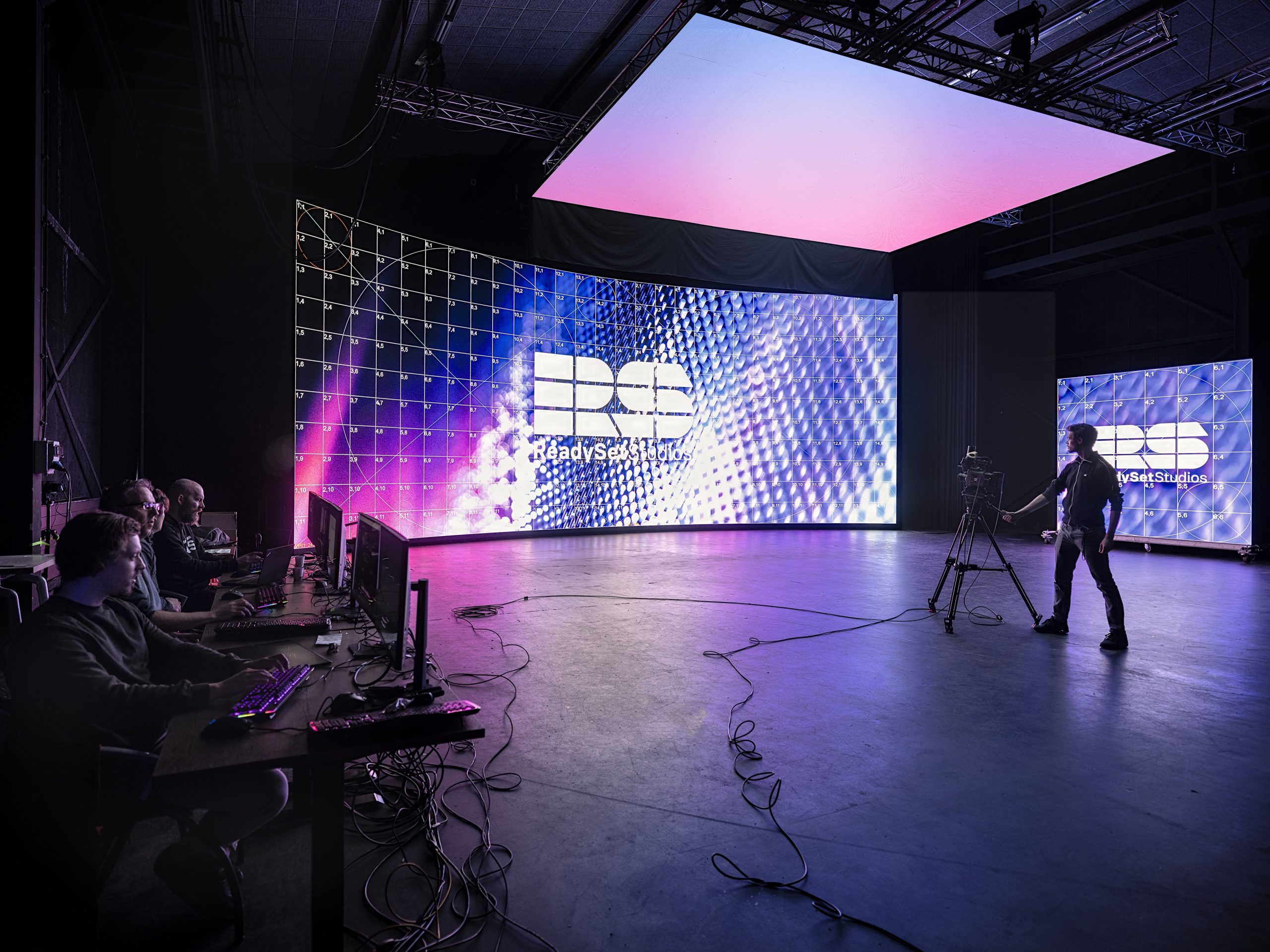Light Emitting Diode screens are becoming more and more popular in various environments, including musical events and athletic events to corporate presentations and art exhibits. One of the key important factors that affect the functionality and visual quality of these screens is image clarity. Resolution denotes the number of pixels that make up the image on the display. Increased resolution means more picture elements, which can lead to sharper and clear visuals. Grasping how image clarity affects LED walls can help operators make knowledgeable decisions about their display needs.
When discussing image clarity, it is crucial to consider pixel pitch, which is the distance between the midpoint of one picture element to the midpoint of the following pixel. A smaller pixel pitch results in a higher image clarity, allowing for additional clarity in the visuals shown. For example, an LED wall with a pixel pitch of 1.5mm will provide a clearer image than one with a picture spacing of 3mm. This is especially crucial in settings where audiences are close to the screen, such as in a small venue or a trade show booth. In these situations, a greater image clarity can greatly improve the observing quality.
Another color gamut of led panels factor of resolution is its impact on color accuracy and brightness. LED screens with greater resolutions often have superior color reproduction, indicating that the hues shown are increasingly lively and true to life. This is essential for uses like marketing, where the objective is to attract attention and convey a message efficiently. Additionally, greater image clarity screens can maintain brightness levels even when viewed from various angles. This is important in large venues where audiences may be positioned at various distances and angles from the display.

The performance of LED walls is also affected by image clarity in terms of update frequencies and reaction times. A higher resolution screen can support faster update rates, which is essential for fast-moving material such as films and animations. This means that the images on the display will look more fluid and increasingly seamless, improving the total observing quality. In comparison, reduced image clarity displays may struggle with fast-moving content, leading to blurriness or lag. Therefore, for events that rely on high-energy visuals, choosing a display with a suitable image clarity is critical.
In conclusion, resolution plays a vital role in determining the performance and visual quality of LED walls. Factors such as pixel pitch, color accuracy, brightness, refresh frequencies, and response durations all contribute to how efficiently a screen can communicate data and capture audiences. As advancements continues to progress, understanding these factors will assist users choose the right LED wall for their particular requirements, guaranteeing that they obtain the optimal possible results in their presentations and events.
Comments on “Investigating The Way Resolution Influences the Functionality and Visual Caliber of Light Emitting Diode Walls in Contemporary Display Technology”